Medial Medullary Syndrome Artery
Medial medullary syndrome artery. Dorsolateral medullary syndrome of Wallenbergs syndrome also known as posterior cerebellar artery syndrome or lateral medullary syndrome is the commonest of the brain stem strokes Figure 2 ab with the middle medulla most frequently affected. 517 resulting in contralateral hemiparesis of the limbs ipsilateral lingual paralysis and contralateral impaired perception of joint. Print Rarely patients may manifest the following symptoms of a medial medullary syndrome.
It affects the pyramid medial lemniscus and hypoglossal nerve Fig. This syndrome is due to malperfusion in the territory of the anteromedial group of medullary arteries arising from the vertebral or anterior spinal artery and leads to a contralateral hemiplegia pyramidal tract b dysarthria inferior olivary nucleus nucleus ambiguus c decreased proprioception medial lemniscus d nystagmus. This list includes dominant and non-dominant MCA infarction medial and lateral medullary syndromes anterior and posterior cerebral artery syndromes and the basilar artery syndromeThe Internet Stroke Centre has an excellent summary of stroke syndromes.
Medial medullary syndrome is usually caused by infarction following vascular insult to the medial medulla. This is similar to medial medullary syndrome but can be localized by the findings of CN VI medial strabismus due to lateral rectus paralysis and lateral gaze paralysis if PPRF is involved and VII lesions LMN type of facial palsy. The medial medullary syndrome is also known as Dejerine syndrome which is caused by an infraction of the medial medulla.
This syndrome is an uncommon lesion resulting from occlusion of a vertebral artery or its branch to the anterior spinal artery. The vertebral artery is the subclavian artery branch. Medial medullary structures are supplied by the paramedian branches of the anterior spinal artery which is a branch of the vertebral artery.
Pathogenesis of Medullary Syndrome. It involves the pyramid the medial. Lateral medullary syndrome is a neurological disorder causing a range of symptoms due to ischemia in the lateral part of the medulla oblongata in the brainstemThe ischemia is a result of a blockage most commonly in the vertebral artery or the posterior inferior cerebellar artery.
Occlusion of the ASA or damage to the paramedian perforators culminates in medial medullary syndrome. Lateral medullary syndrome is also called Wallenbergs syndrome posterior inferior cerebellar artery PICA. Consequently the patient can present with Medial Medullary Syndrome whose clinical presentation includes.
The medial medullary syndrome is a result of blockage of the anterior spinal artery or medial medullary branches of the vertebral artery. Affects the fibers of CN XII corticospinal tract and medial lemniscus spinal.
Consequently the patient can present with medial medullary syndrome whose clinical presentation includes.
The vertebral artery is the subclavian artery branch. Occlusion of paramedian branches of basial artery results in Medial pontine syndrome Foville syndrome. This is similar to medial medullary syndrome but can be localized by the findings of CN VI medial strabismus due to lateral rectus paralysis and lateral gaze paralysis if PPRF is involved and VII lesions LMN type of facial palsy. This list includes dominant and non-dominant MCA infarction medial and lateral medullary syndromes anterior and posterior cerebral artery syndromes and the basilar artery syndromeThe Internet Stroke Centre has an excellent summary of stroke syndromes. Medial medullary syndrome is a form of stroke that affects the medial medulla of the brain. Affects the fibers of CN XII corticospinal tract and medial lemniscus spinal. It involves the pyramid the medial. The medial medullary syndrome is a result of blockage of the anterior spinal artery or medial medullary branches of the vertebral artery. Consequently the patient can present with medial medullary syndrome whose clinical presentation includes.
The medial medullary syndrome is a result of blockage of the anterior spinal artery or medial medullary branches of the vertebral artery. This list includes dominant and non-dominant MCA infarction medial and lateral medullary syndromes anterior and posterior cerebral artery syndromes and the basilar artery syndromeThe Internet Stroke Centre has an excellent summary of stroke syndromes. 10 The syndrome results from spino- and trigemino-thalamic systems injury with sparing of the lemniscal pathways and is. Medial medullary syndrome Vascular compromise of the anterior spinal artery or the vertebral artery can also affect blood flow through the direct medullary arteries that supply the medial medulla. Occlusion of the ASA or damage to the paramedian perforators culminates in medial medullary syndrome. Dorsolateral medullary syndrome of Wallenbergs syndrome also known as posterior cerebellar artery syndrome or lateral medullary syndrome is the commonest of the brain stem strokes Figure 2 ab with the middle medulla most frequently affected. Consequently the patient can present with Medial Medullary Syndrome whose clinical presentation includes.

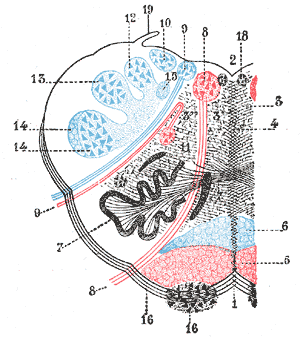


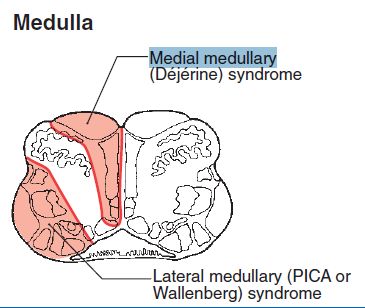
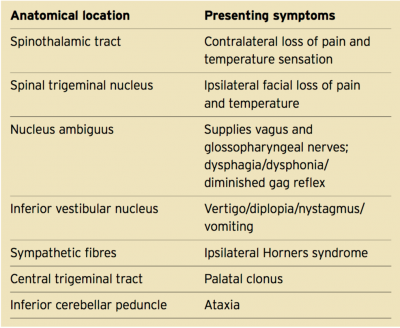
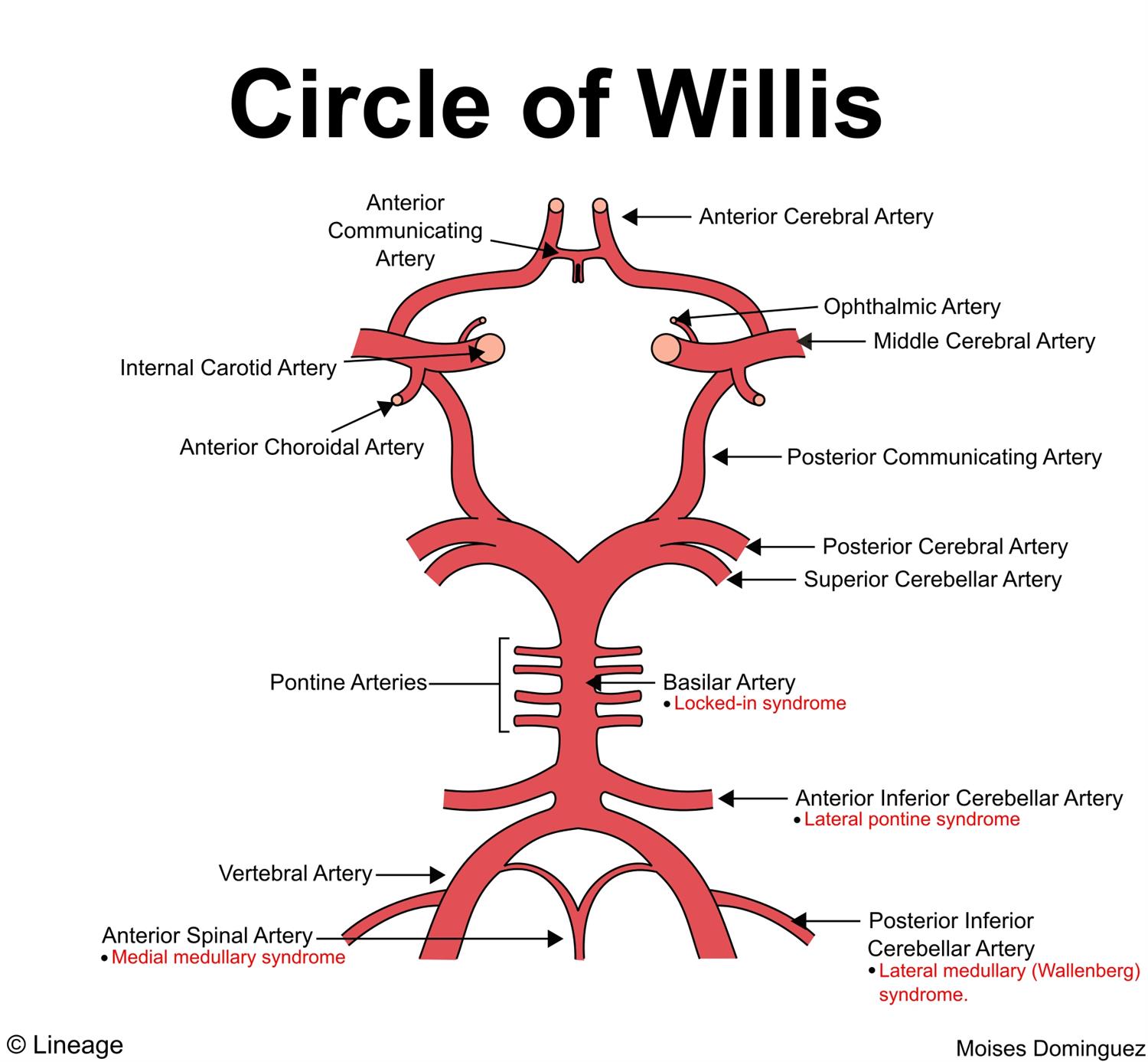







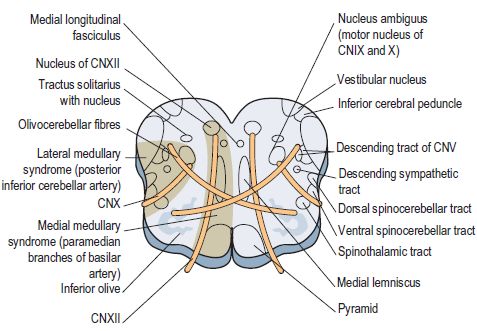









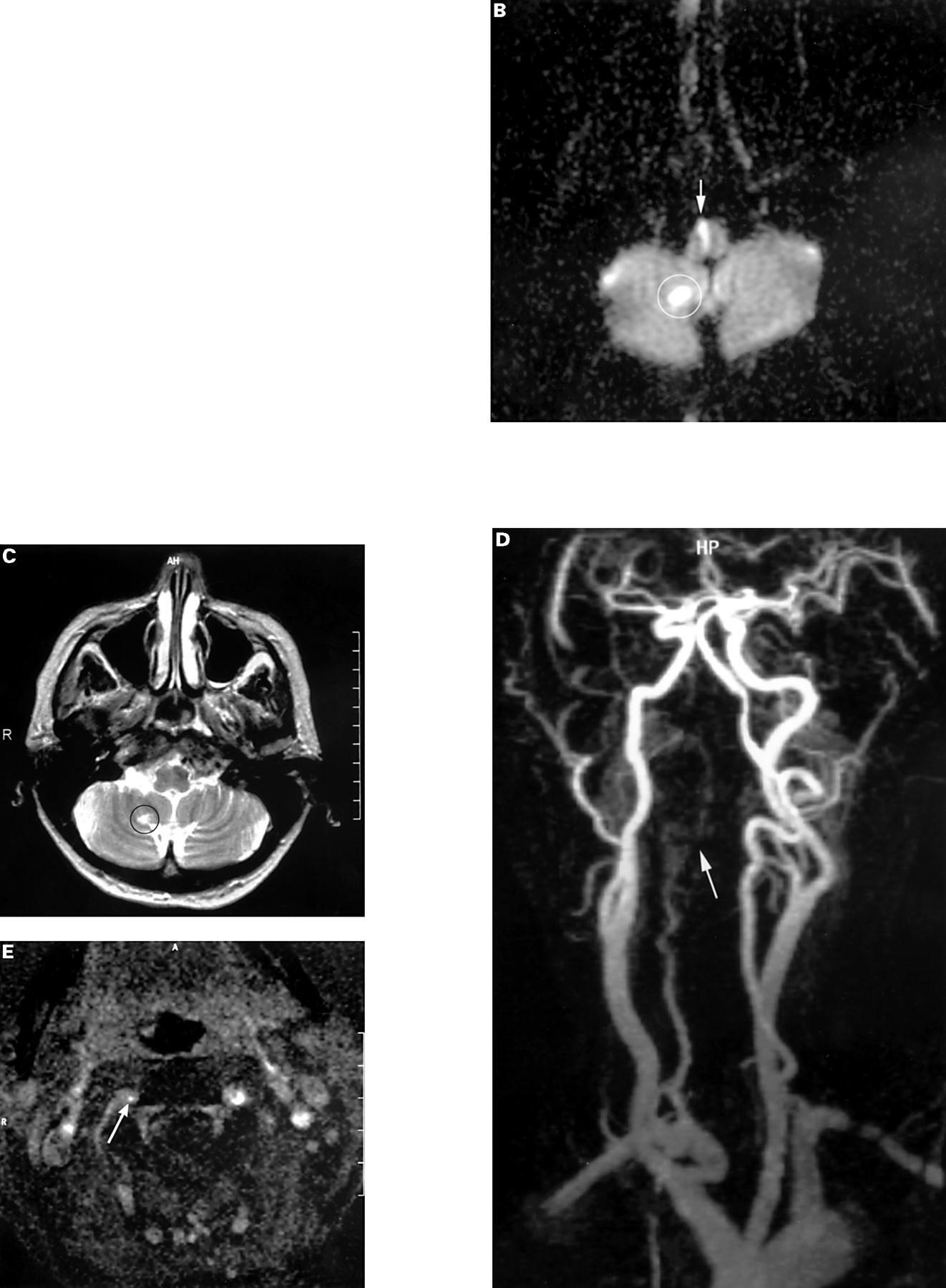

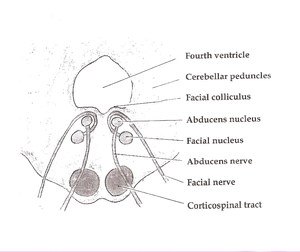

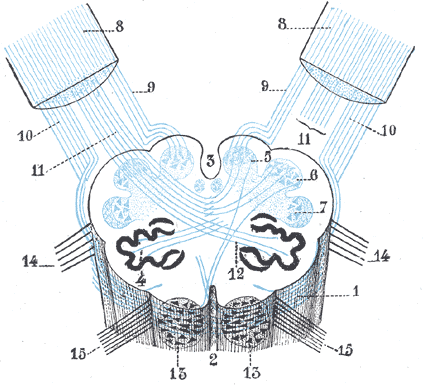

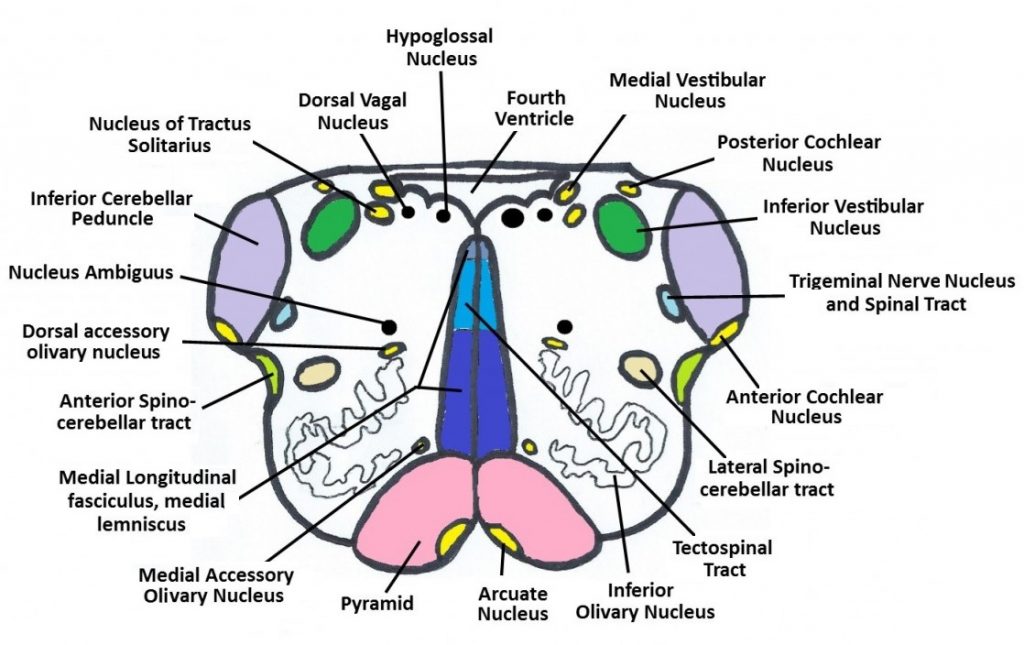





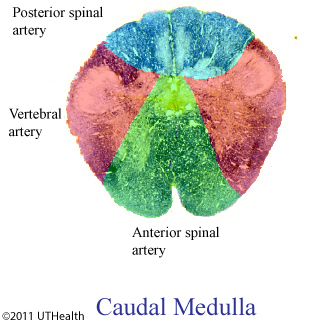




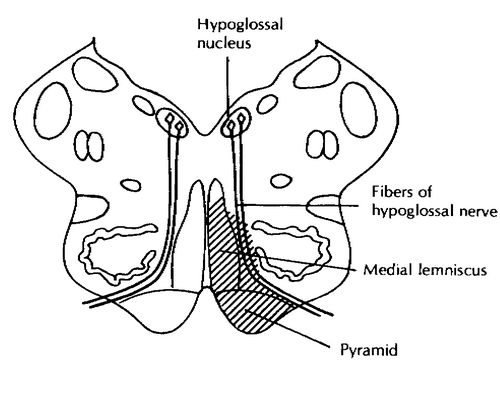
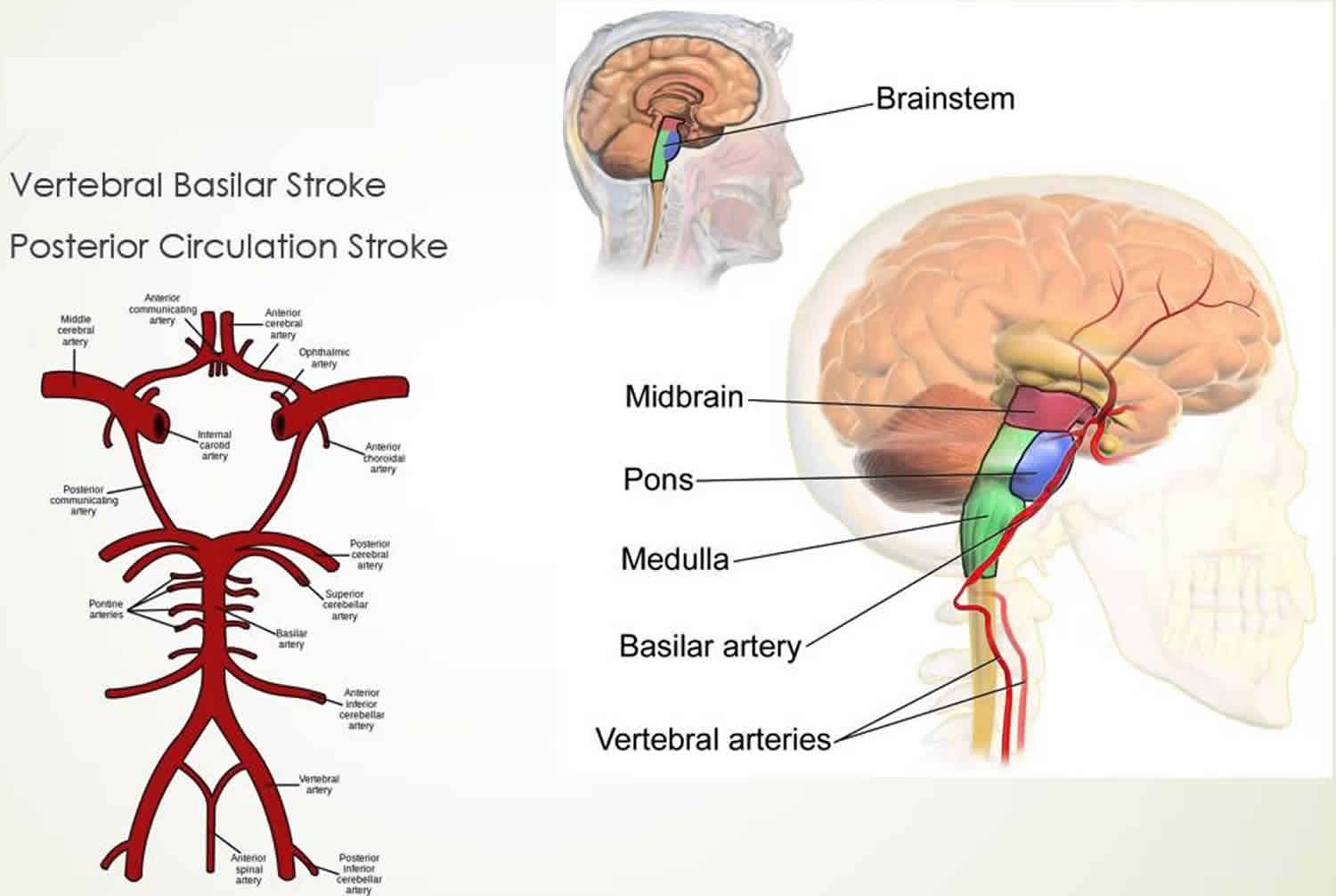

Post a Comment for "Medial Medullary Syndrome Artery"